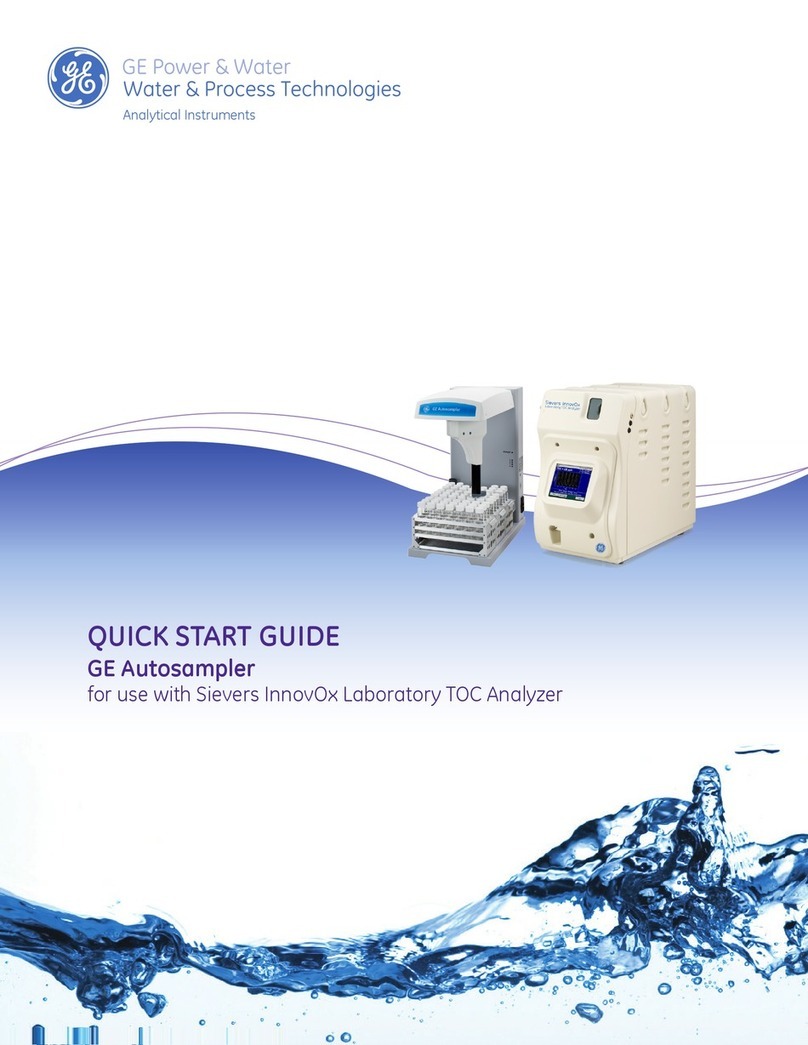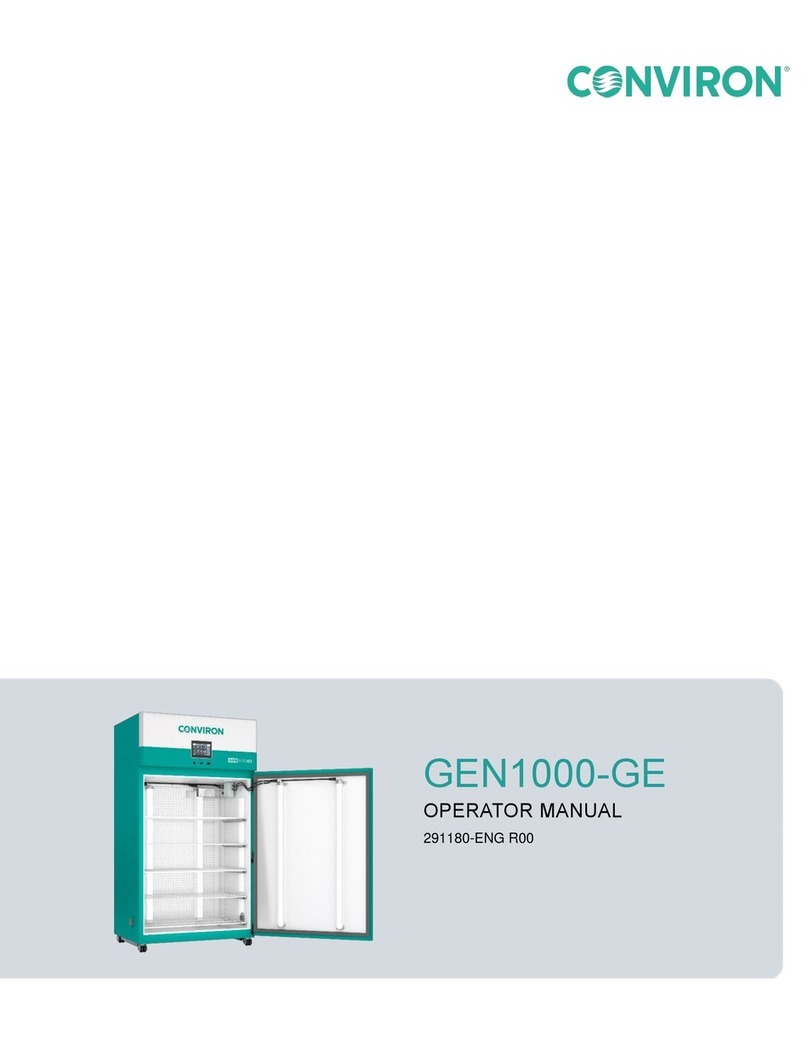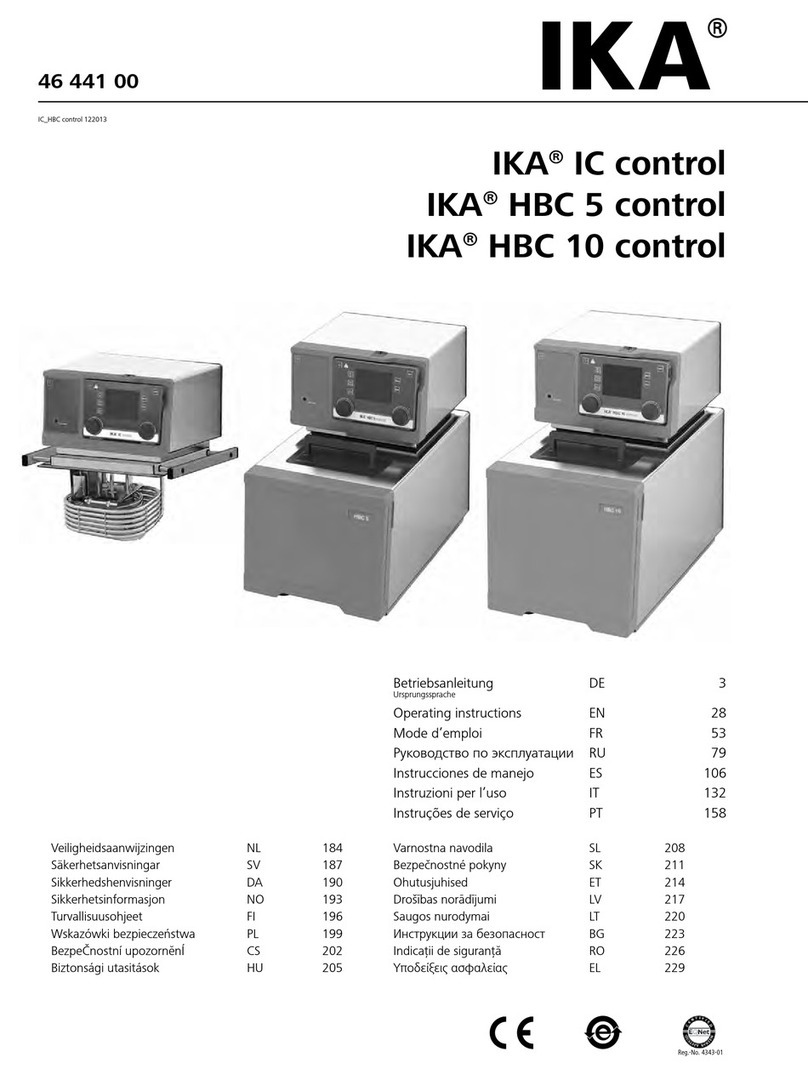Fisher Scientific FB-705 User manual
Other Fisher Scientific Laboratory Equipment manuals
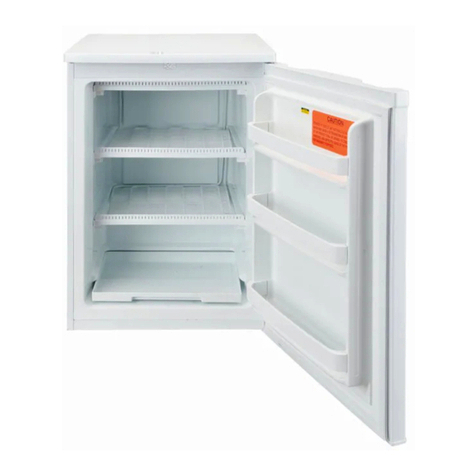
Fisher Scientific
Fisher Scientific Isotemp 05FFEEFSA Specification sheet
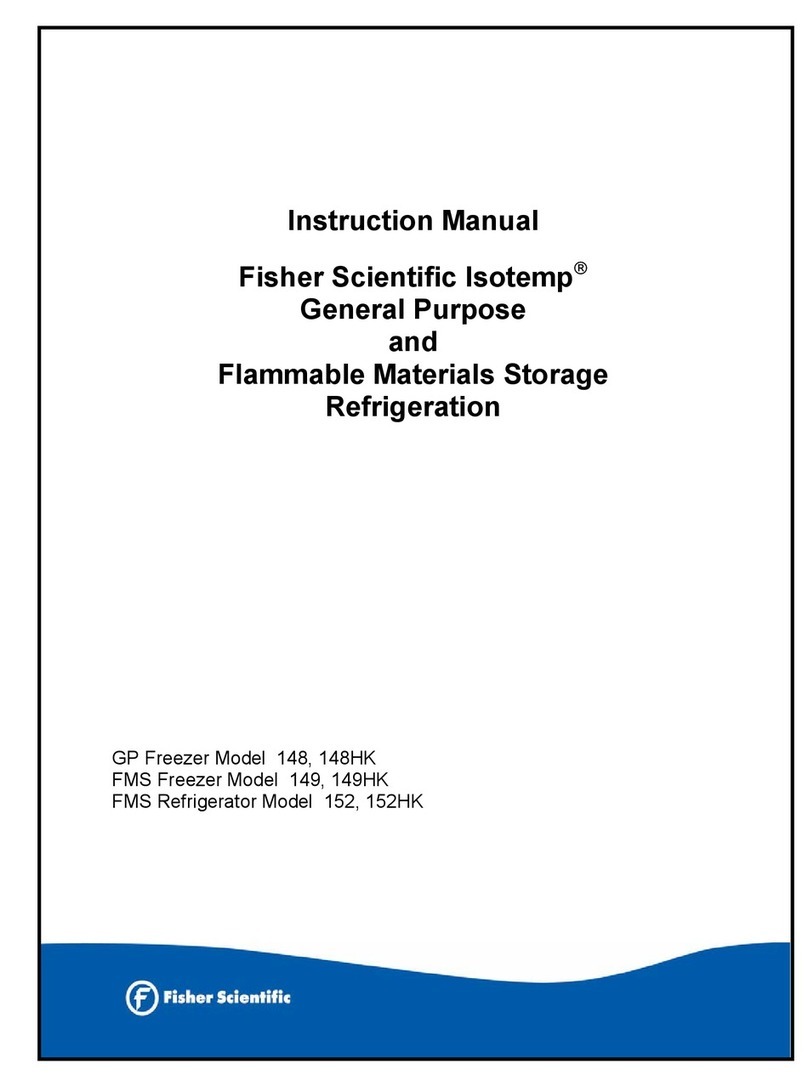
Fisher Scientific
Fisher Scientific Isotemp 148 User manual

Fisher Scientific
Fisher Scientific Fisherbrand GT2 User manual
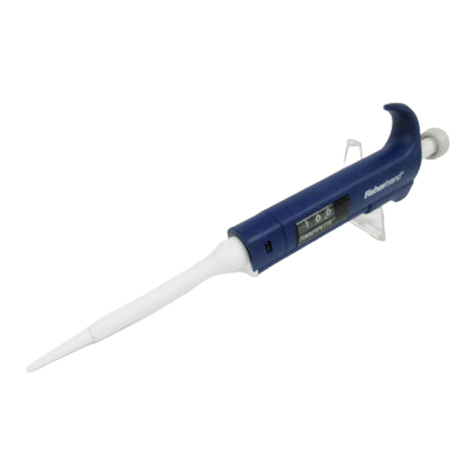
Fisher Scientific
Fisher Scientific Finnpipette II User manual

Fisher Scientific
Fisher Scientific 15-460-2Q User manual

Fisher Scientific
Fisher Scientific Fisherbrand 88861027 User manual
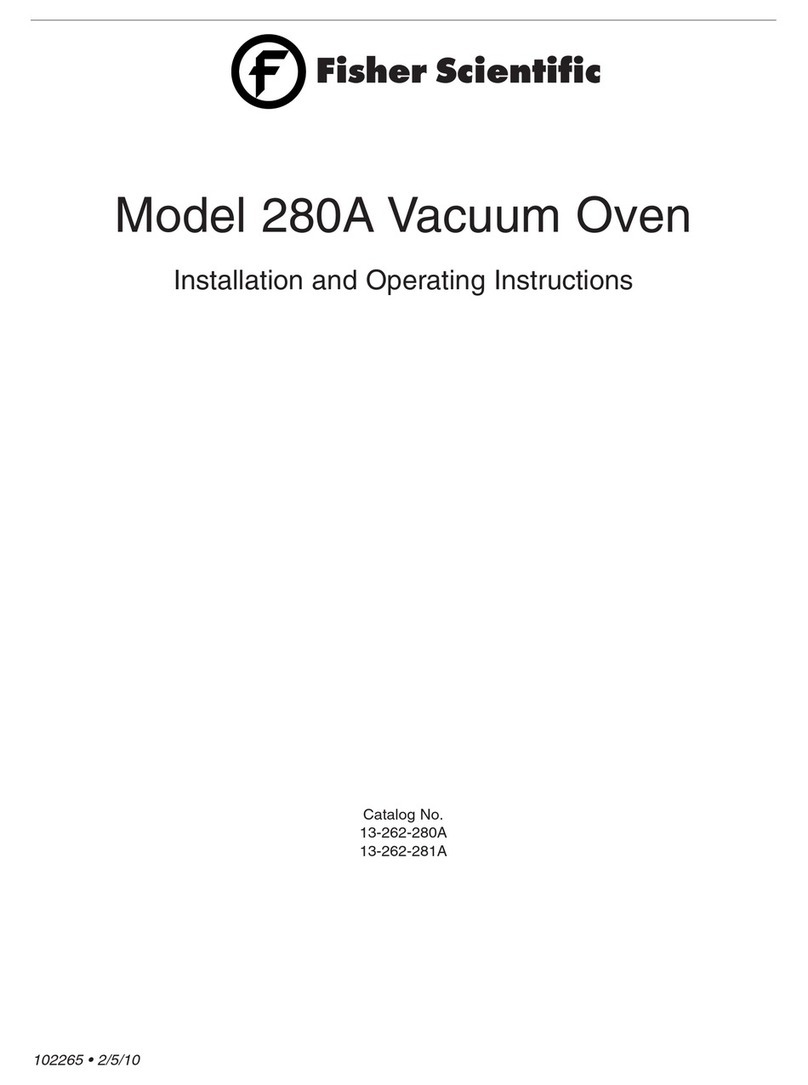
Fisher Scientific
Fisher Scientific 280A User manual

Fisher Scientific
Fisher Scientific Isotemp 600 Series User manual

Fisher Scientific
Fisher Scientific 282A User manual

Fisher Scientific
Fisher Scientific Fisherbrand Isotemp FBG Series Owner's manual
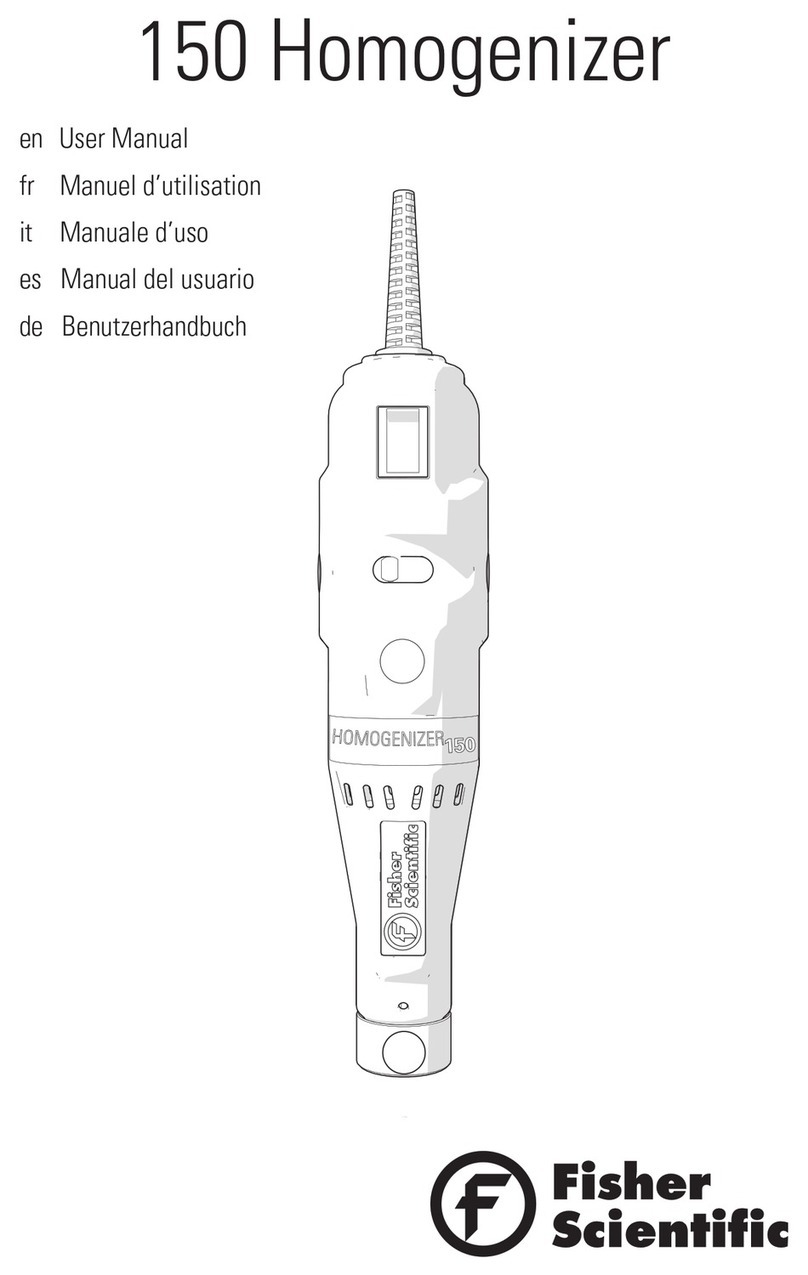
Fisher Scientific
Fisher Scientific 150 Homogenizer User manual

Fisher Scientific
Fisher Scientific accuSpin 3 User manual
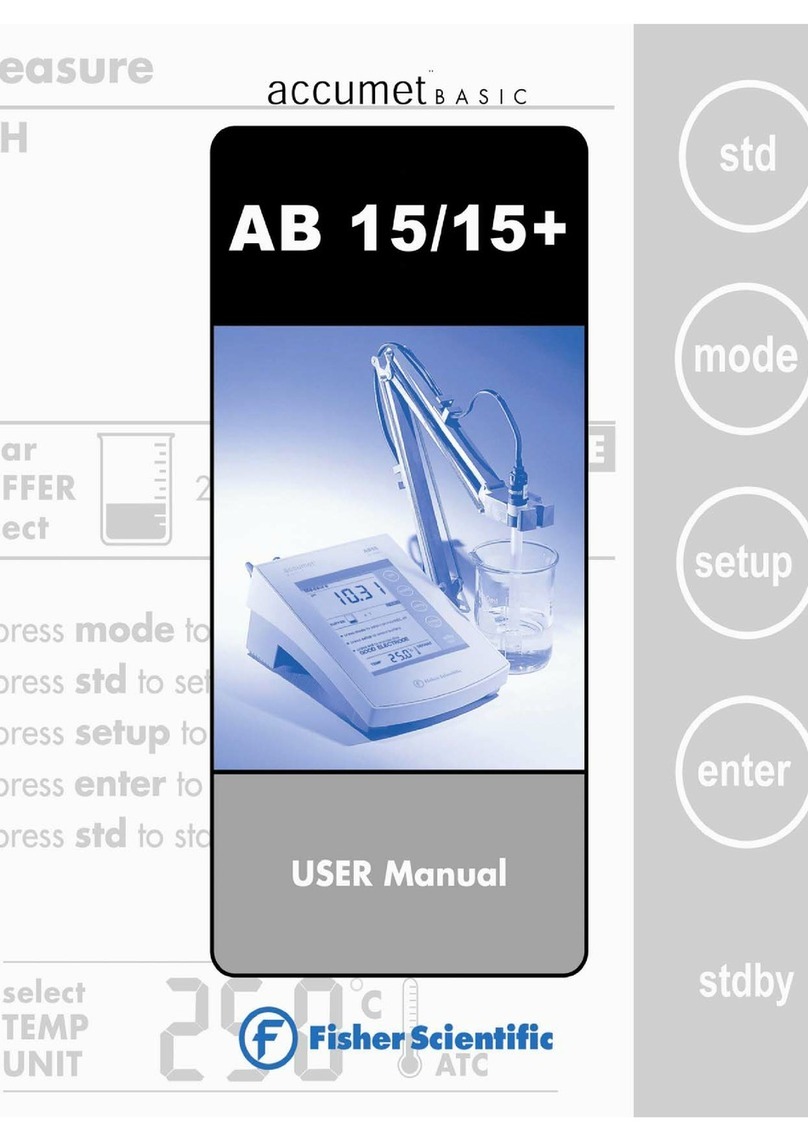
Fisher Scientific
Fisher Scientific accumet BASIC AB 15 User manual
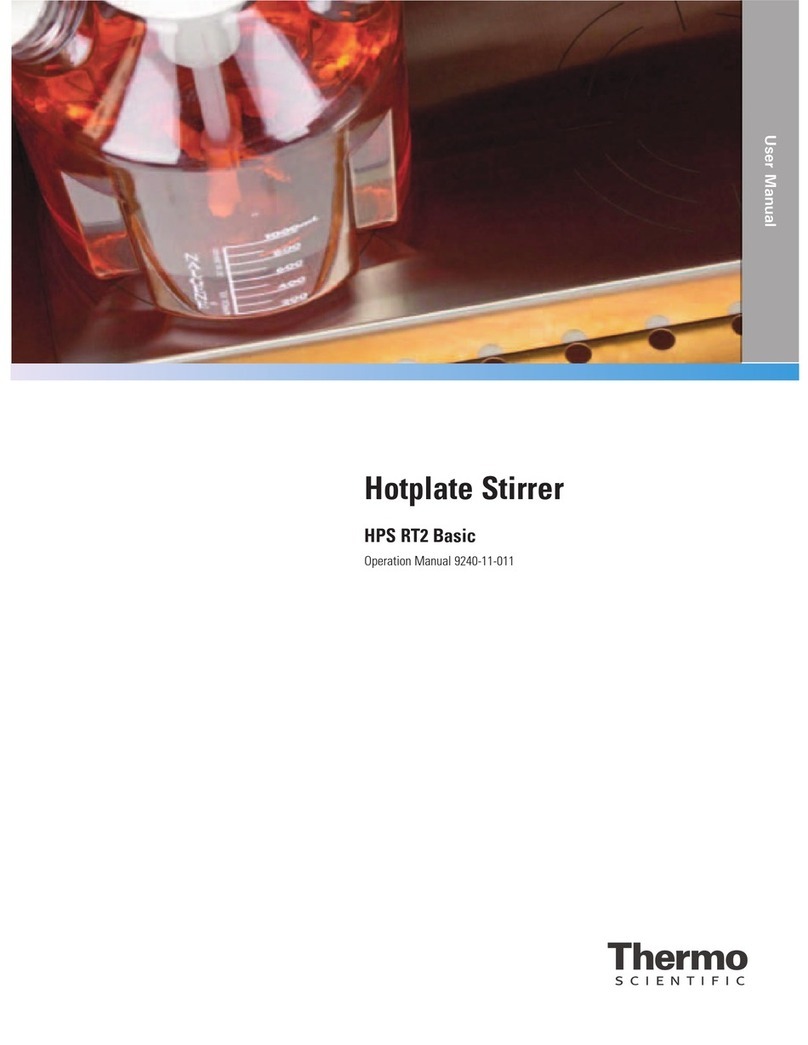
Fisher Scientific
Fisher Scientific HPS RT2 Basic User manual

Fisher Scientific
Fisher Scientific 15212985 User manual
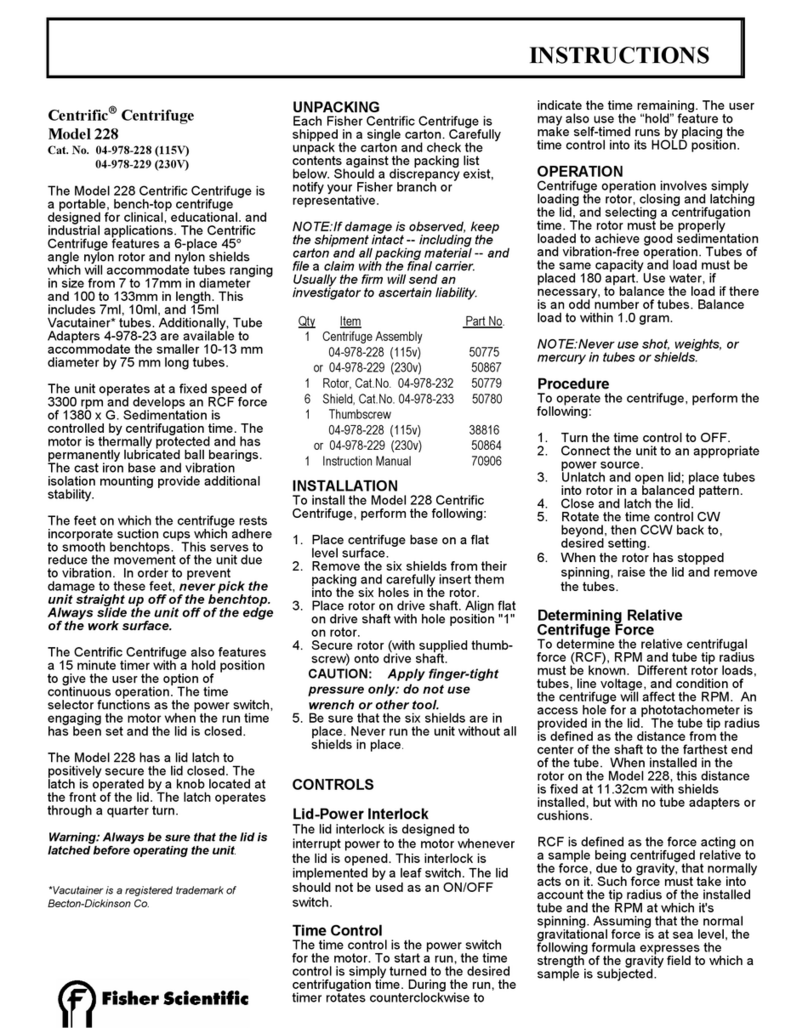
Fisher Scientific
Fisher Scientific 04-978-229 User manual

Fisher Scientific
Fisher Scientific 88861023 User manual

Fisher Scientific
Fisher Scientific Isotemp 642 User manual
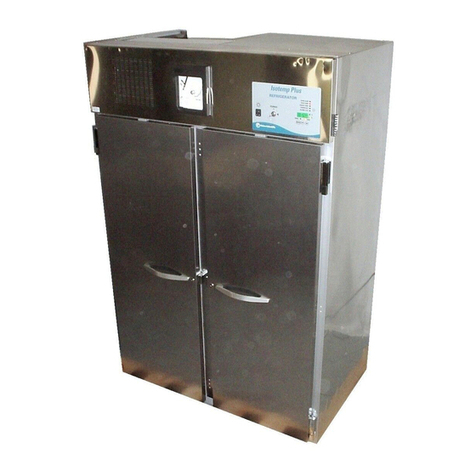
Fisher Scientific
Fisher Scientific Isotemp Plus 13-986-120 User manual

Fisher Scientific
Fisher Scientific Isotemp 11-800-49S/.57A User manual
Popular Laboratory Equipment manuals by other brands

Integra
Integra DOSE IT operating instructions
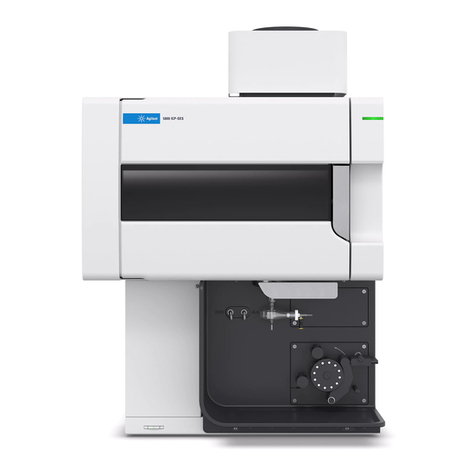
Agilent Technologies
Agilent Technologies 5800 ICP-OES user guide

Endress+Hauser
Endress+Hauser Cleanfit CPA875 operating instructions

NI
NI PXI-5422 CALIBRATION PROCEDURE
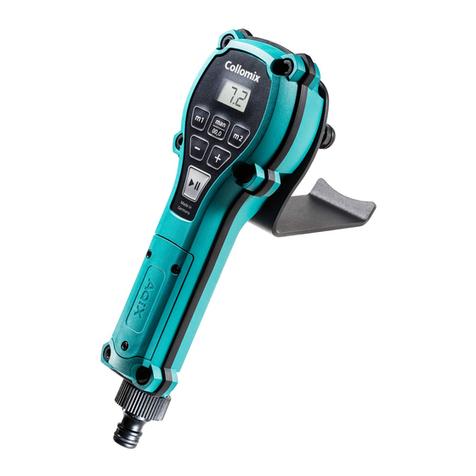
Collomix
Collomix Aqix operating instructions

REITEL
REITEL SANDUBLAST 3 operating instructions
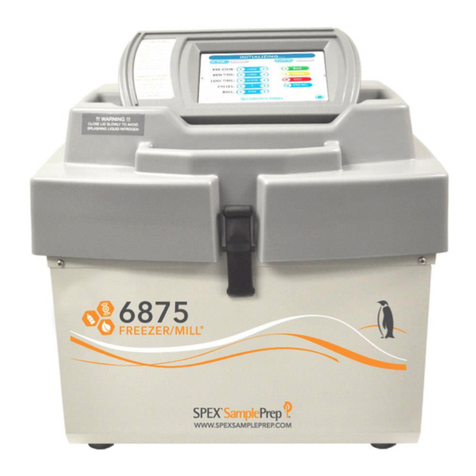
SPEX SamplePrep
SPEX SamplePrep 6875 Freezer/Mill Series operating manual
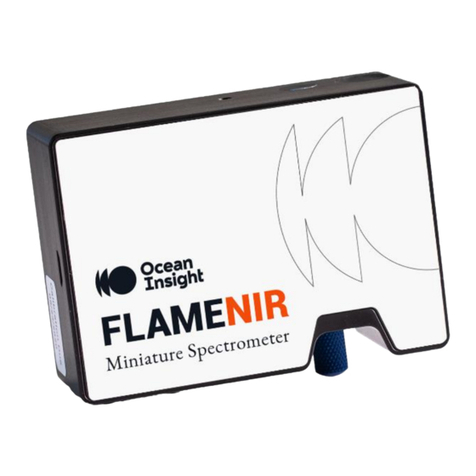
Ocean Insight
Ocean Insight FLAME-NIR+ Installation and operation manual
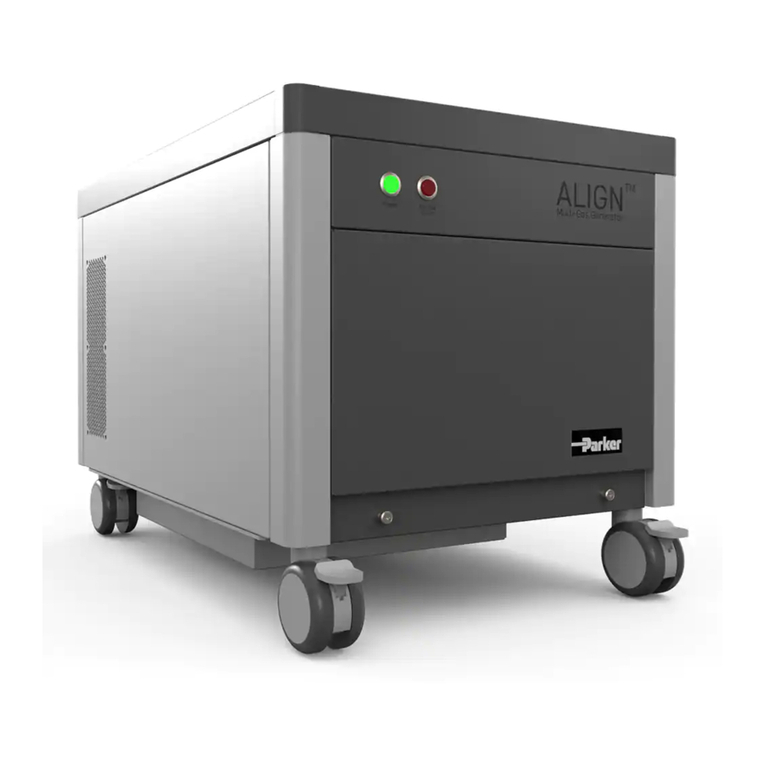
Parker
Parker ALIGN-MG-NA Installation, operation and maintenance manual
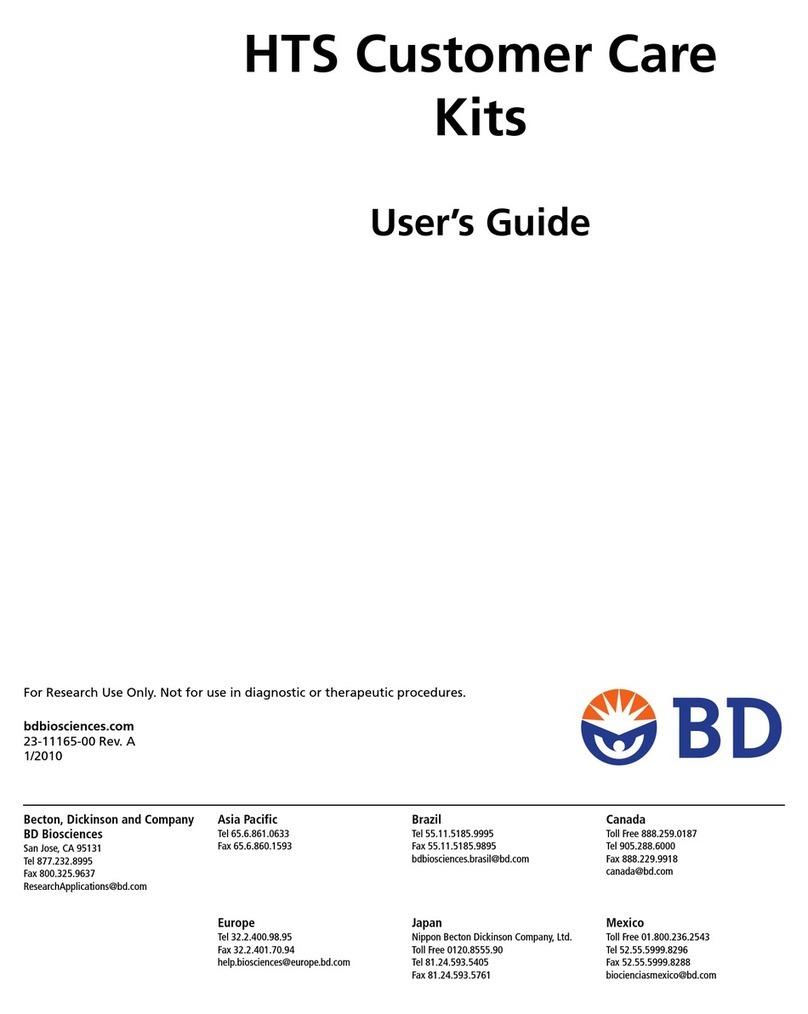
BD
BD 644787 user guide

Labnet
Labnet Rocker 35 EZ instruction manual

DENTAURUM
DENTAURUM Compact Megaplus Instructions for use




